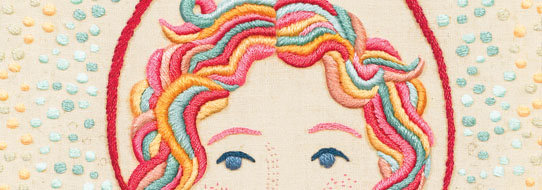
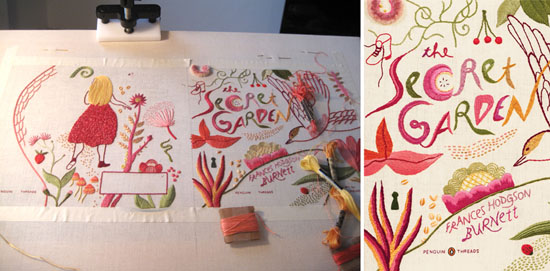
We love Penguin Classics. The collection includes more than 1,000 classic titles from The Adventures and Memoirs of Sherlock Holmes to Gulliver’s Travels to A Christmas Carol to Middlemarch and Dracula. This October, new versions, Penguins Threads Deluxe Classics, will be released with gloriously embroidered covers by Jillian Tamaki. You can pre-order the three titles commissioned to date, Emma, The Secret Garden and Black Beauty on Amazon now. You can also order a set of
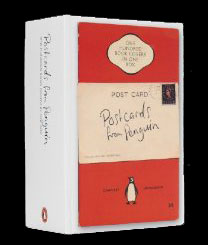 100 Penguin Book Cover Cards from Amazon. And Penguin has released two versions of Book Cover Wrapping Paper. One, a collage of Penguin covers, is available from Bas Bleu, the other, an image of Penguin spines, can be found at Shiny Shack in the UK. Still not enough Penguin? You can obtain the entire line of Penguin Classics in one complete paperback collection, from Renaissance philosophy to the poetry of revolutionary Russia, from the spiritual writings of India to the travel narratives of the early American colonists, from The Complete Pelican Shakespeare to
100 Penguin Book Cover Cards from Amazon. And Penguin has released two versions of Book Cover Wrapping Paper. One, a collage of Penguin covers, is available from Bas Bleu, the other, an image of Penguin spines, can be found at Shiny Shack in the UK. Still not enough Penguin? You can obtain the entire line of Penguin Classics in one complete paperback collection, from Renaissance philosophy to the poetry of revolutionary Russia, from the spiritual writings of India to the travel narratives of the early American colonists, from The Complete Pelican Shakespeare to 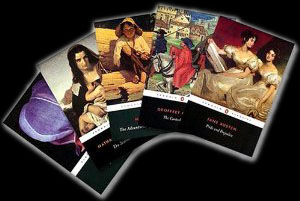 The Portable Sixties Reader, for $13,000+.
The Portable Sixties Reader, for $13,000+.

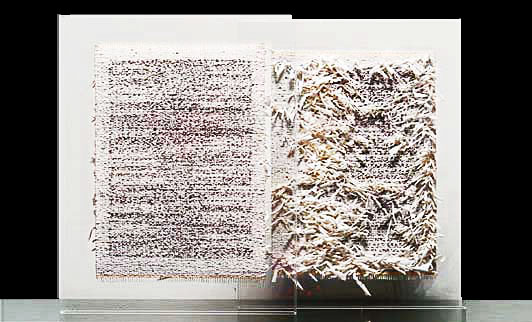



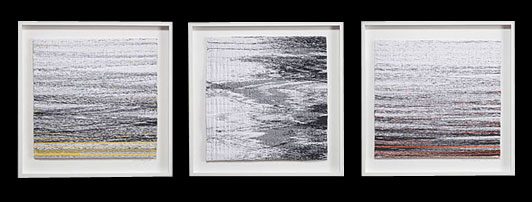
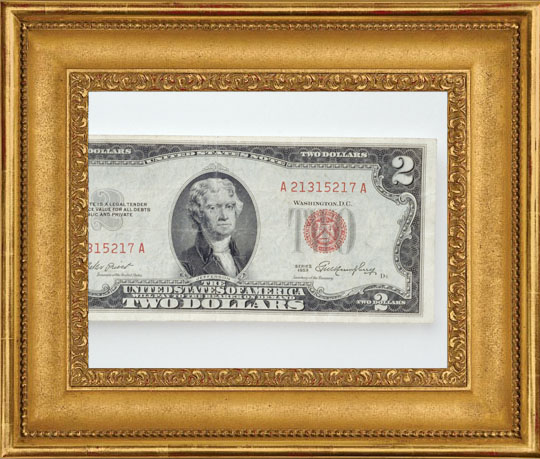
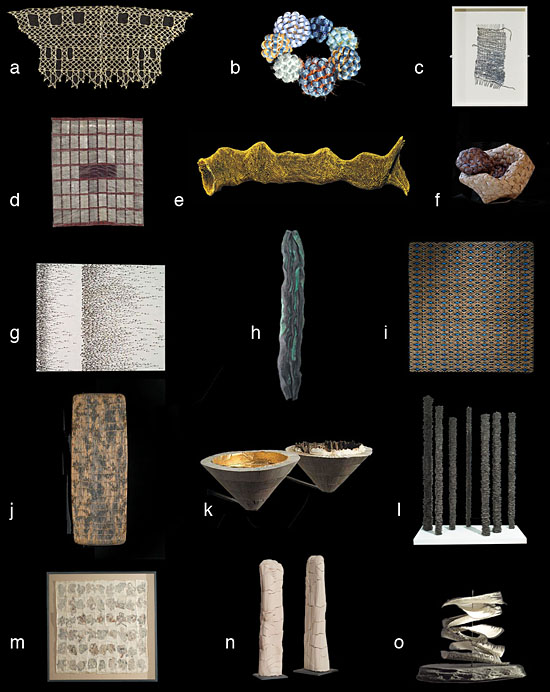
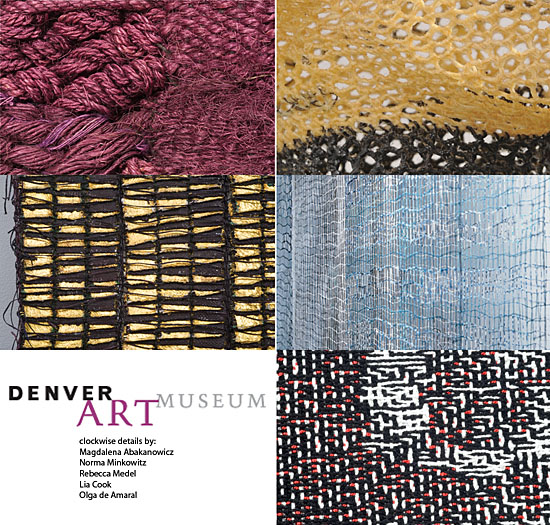
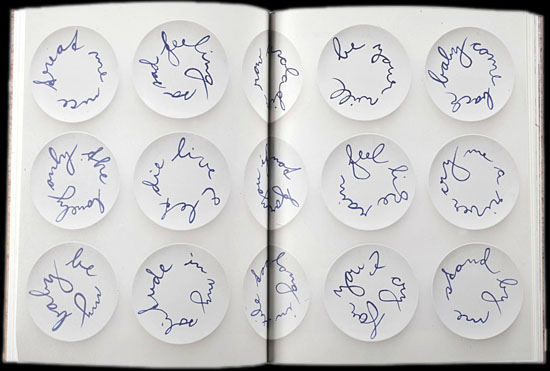
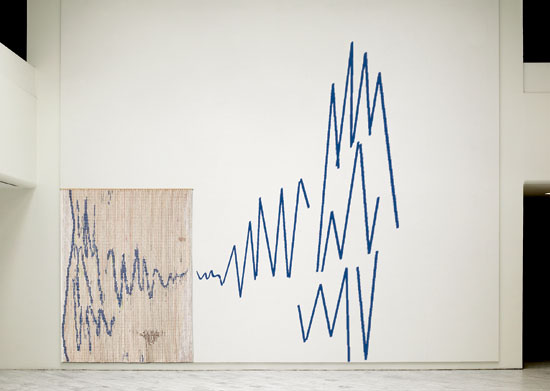

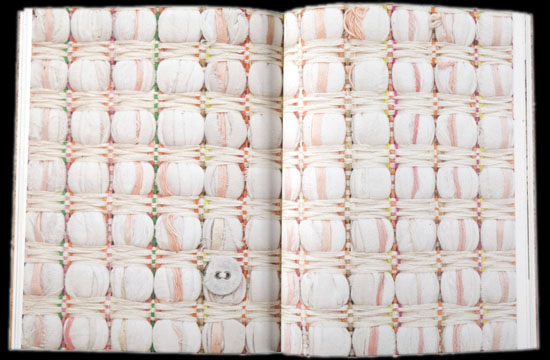
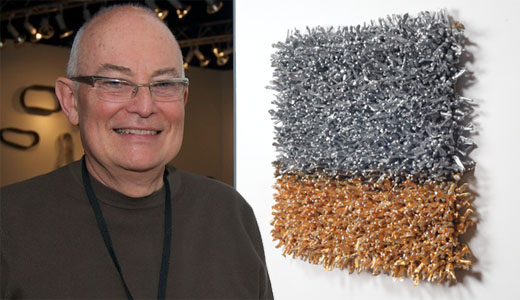
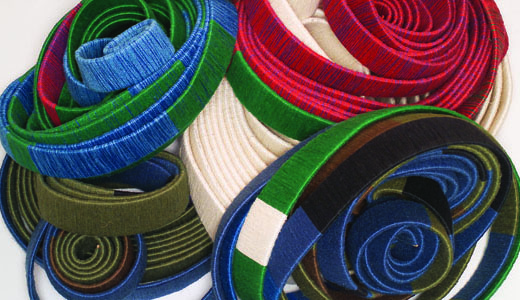
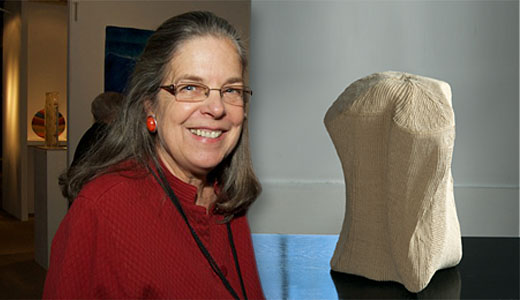
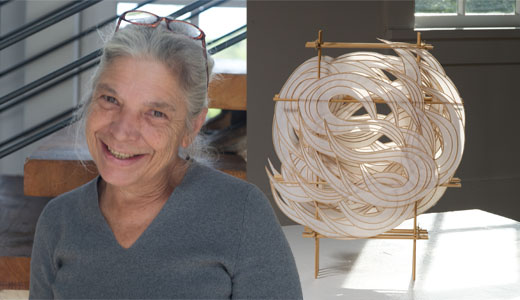
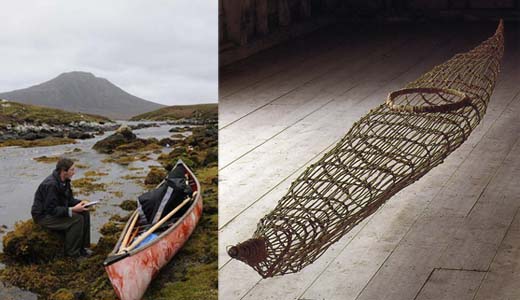
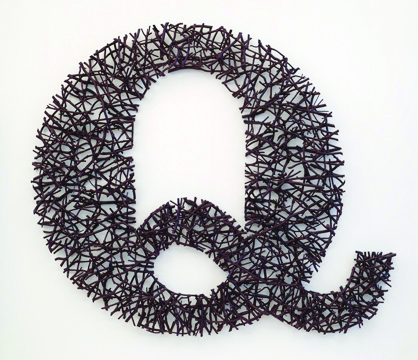
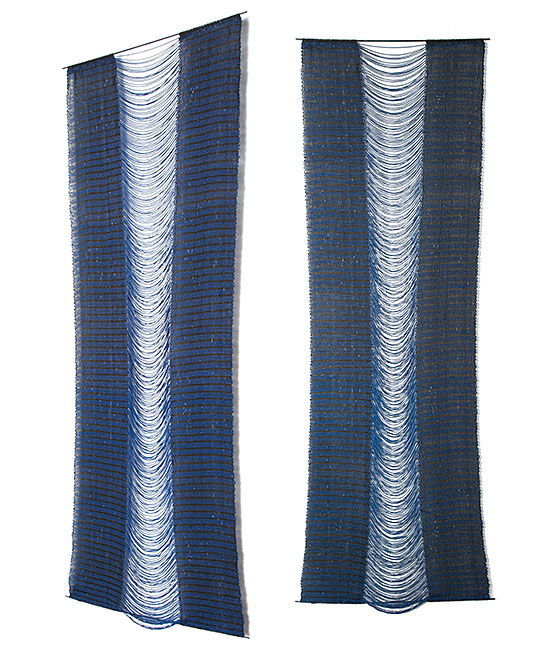

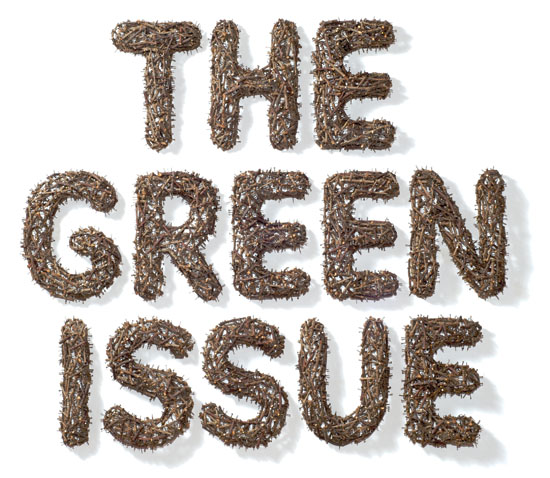
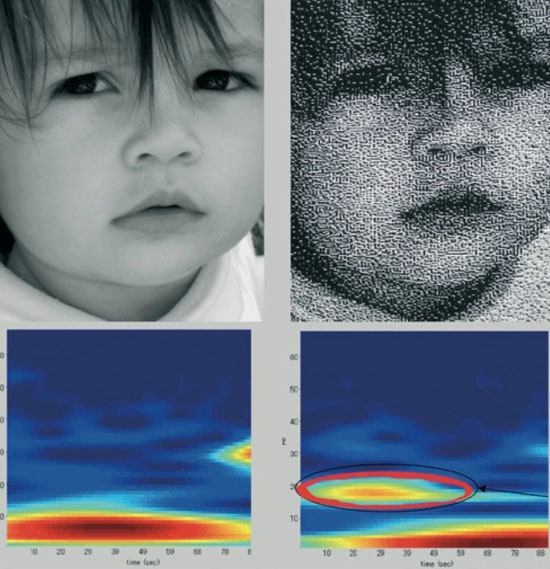
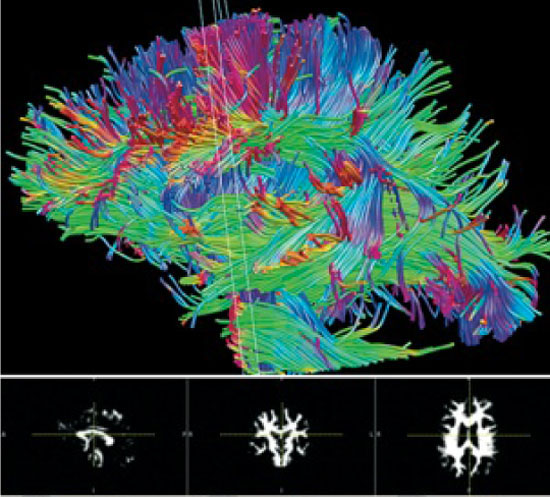
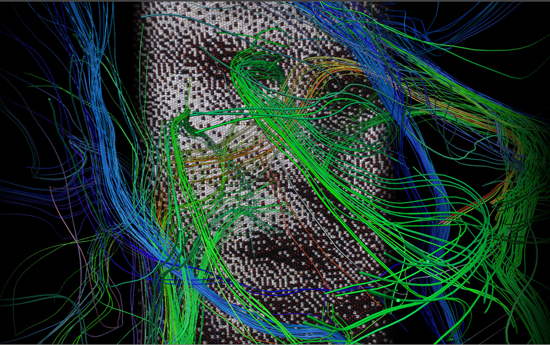
Dispatches: See the World’s Largest — or Nearly Largest — Ball of Twine
Who says you can’t learn things from watching television? in In a recent episode of Covert Affairs on USA, CIA operative Annie Walker and her sister discuss the world’s largest ball of yarn located in Lamar, Missouri. Got me wanting more information. Turns out that the competition for largest twine ball (some call them yarn balls, but apparently, they are mostly really twine balls) is pretty fierce and Missouri has only two of several contenders.
Darwin World Largest Ball of Twine created by 1 man photo by Mykl Roventine
Darwin, Minnesota boasts a ball that weighs 9 tons and is 12-feet wide and was mentioned in Crazy Al Yankovic’s video for the song, White and Nerdy. It was rolled by one man, Francis A. Johnson, between 1950 and 1979 http://www.darwintwineball.com. Darwin residents look down on a rival twine ball in Cawker City, Kansas.
Cawker City World Largest Twine Ball http://www.worldslargestthings.com/wllist.htm
World’s Largest Ball of Twine Cawker City, Kansas By jimmywayne http://www.flickr.com/photos/auvet/860982521/
While it was begun by one man in 1953, it was completed by townspeople in a Twine-a-Thon in 2003 http://skyways.lib.ks.us/towns/Cawker/twine.html. A local artist, Cher Olsen, has integrated the twine ball into her paintings, reworking American Gothic and Mona Lisa and the like and these are on display at the Masterpiece Twine Walk http://www.getruralkansas.org/Cawker-City/61Explore/258.shtml. Lake Nebagamon, Wisconsin has it’s own contender.
Created by James Frank Kotera who started in 1979, JFK estimates that it weighs 19,336 pounds, which may make it the heaviest twine ball. Only one entry has been certified by the Guinness Book of World Records. That’s the one at Ripley’s Believe it or Not in Branson, Missouri that’s 41.5 feet in circumference http://www.ripleys.com/branson. (Though some say it shouldn’t qualify as it’s made of nylon twine.) As for the one in Lamar, Missouri –I couldn’t find it but there is an attractive multi-colored ball at the Pattee House Museum in St. Joseph, Missouri http://www.washburn.edu/cas/art/cyoho/archive/MidwestTravel/Patee and reportedly one made of postal string at the American Bowman Restaurant and O’Malley’s Pub in Weston, Missouri. If you’re vacationing in the Midwest this summer — check ’em out. You can get hats, start-your-own-twine-ball kits and great We-Were-There photos.